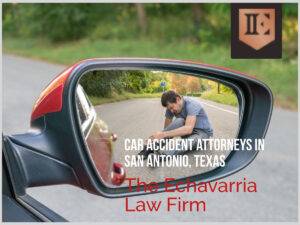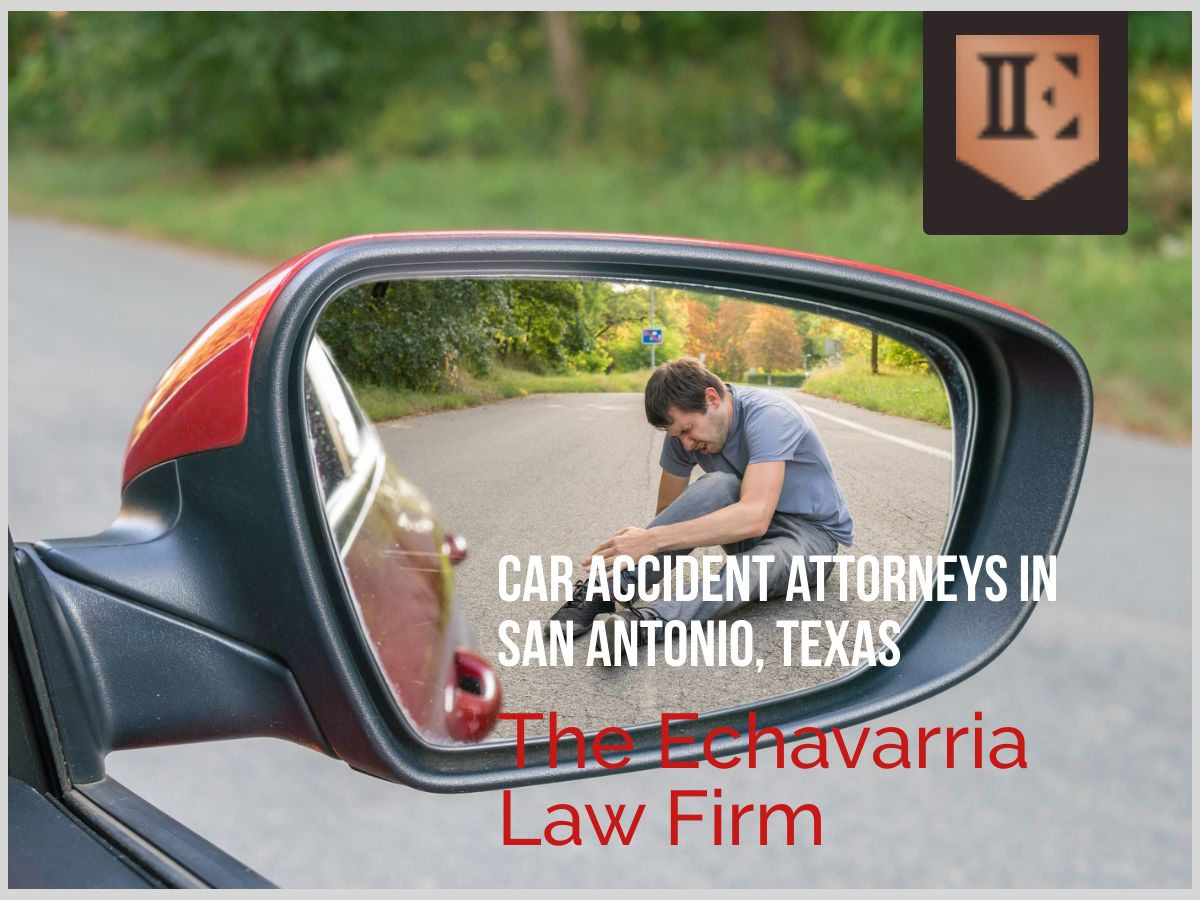What Are the Steps to Take After a Car Accident Involving a Pedestrian?

If you are involved in a car accident with a pedestrian, it is important to take the following steps:
- Check for injuries: Immediately assess if anyone is hurt and call for medical help if needed.
- Contact law enforcement: Report the accident to the police and provide truthful statements about what happened.
- Assist the pedestrian: Offer any necessary aid or comfort while waiting for first responders.
- Exchange information: Share contact and insurance details with the pedestrian and any witnesses.
- Gather evidence: Take photos of the scene, vehicle damage, and any relevant factors.
- Get a police report: Request a copy of the police report from your insurance company.
- Document expenses: Keep records of medical treatment, vehicle damage estimates, and repair bills.
- Contact your car insurer: Notify your insurance company about the accident and provide them with the necessary information, including the police report.
Fact: Traffic accidents involving pedestrians can result in severe and significant injuries, emphasizing the importance of immediate medical attention and proper documentation.
What Are the Legal Consequences of a Car Accident Involving a Pedestrian?
As a driver, being involved in a car accident with a pedestrian can have serious legal consequences. we will discuss the potential charges that the driver may face in a car pedestrian accident, including the repercussions of a hit and run and driving under the influence. We will also explore the legal position of the injured people and the driver’s responsibility in admitting fault. Additionally, we will take a closer look at the possible charges for the pedestrian in a pedestrian car accident and how the responsibility may be shared in such cases.
What Are the Possible Charges for the Driver?
After a car accident involving a pedestrian, the driver may face potential charges depending on the circumstances. If it is determined that the accident was the driver’s fault, they may be charged with offenses such as reckless driving or negligence. In cases where the driver was under the influence of alcohol or drugs, they could also face criminal charges for driving under the influence. It is important for the driver to avoid admitting fault at the scene and consult with a Criminal Defense Attorney if they are facing criminal charges. Sharing blame with the pedestrian or other contributing factors to the accident could also affect the charges.
What Are the Possible Charges for the Pedestrian?
When a pedestrian is involved in a car accident, there may be potential charges depending on the circumstances. The charges for the injured person can vary and may include:
- jaywalking
- crossing against a signal
- obstructing traffic
If the pedestrian’s actions contributed to the accident, they may share part of the blame. It is important to note that the severity of the charges depends on the extent of injury caused to both the injured person and the driver.
To avoid such charges, pedestrians should always follow traffic laws, use designated crossings, and be aware of their surroundings. Additionally, both drivers and pedestrians should exercise caution to prevent accidents and protect themselves and others.
What Factors Can Affect Liability in a Car Accident with a Pedestrian?
When it comes to car accidents involving pedestrians, determining liability can be a complex process. There are various factors that can affect who is at fault for the accident. In this section, we will discuss the key elements that are considered in determining liability, such as the actions of the driver and the pedestrian, as well as any contributing factors that may have played a role. We will also look at how higher speeds and serious injuries can impact the outcome of a car accident involving a pedestrian.
Was the Driver Negligent?
Determining whether the driver was negligent is crucial in a car accident involving a pedestrian. Factors such as distracted driving, speeding, failure to yield, or disregarding traffic signals can indicate negligence. It is important to gather evidence, such as witness statements, CCTV footage, and police reports, to prove negligence. However, liability may not solely rest with the driver.
Pedestrian negligence, such as jaywalking or crossing against traffic signals, can also contribute to the accident. In some cases, both the driver and pedestrian may share the blame. Seeking legal advice can help determine the extent of liability and potential consequences. Remember, being cautious and following traffic laws can help prevent accidents.
Was the Pedestrian Negligent?
When determining liability in a car accident involving a pedestrian, it is crucial to take into account if the pedestrian was negligent. Factors such as jaywalking, crossing against a signal, or being distracted may contribute to the pedestrian’s negligence. However, it is important to note that even if the pedestrian was negligent, it does not absolve the driver of their responsibility to exercise reasonable care. In some cases, both the driver and pedestrian may share the blame for the accident. Each situation is unique, and the determination of negligence will depend on the specific circumstances of the case.
Were There Any Contributing Factors to the Accident?
Contributing factors play a crucial role in determining liability in a car accident with a pedestrian. Factors such as driver negligence, pedestrian negligence, and the presence of any other contributing factors can impact the outcome. Higher speeds increase the risk of serious injuries for pedestrians involved in accidents. It is essential for drivers to obey traffic laws, stay alert while driving, and carry adequate insurance coverage to protect themselves. Remember, being cautious and attentive can prevent accidents and ensure the safety of pedestrians and drivers alike.
Pro-tip: Always be mindful of your surroundings and prioritize safety on the road, especially to prevent serious injuries.
What Are the Possible Outcomes of a Lawsuit for a Car Accident Involving a Pedestrian?
When a car accident involves a pedestrian, the situation becomes more complex than a typical car accident. In such cases, a lawsuit may be filed to determine who is at fault and who should be held responsible for any injuries or damages. In this section, we will explore the possible outcomes of such a lawsuit, including the options of settlement, trial, and appeal. Each of these options involves different parties and processes, and it is important to understand the implications of each in order to make informed decisions.
1. Settlement
If you’re involved in a car accident with a pedestrian, a possible outcome is reaching a settlement with the injured party. Here are the steps to follow:
- Immediately after the accident, ensure the safety and well-being of the pedestrian.
- Contact emergency services to report the incident and provide necessary medical assistance.
- Exchange contact and insurance information with the pedestrian.
- Notify your insurance company about the accident and provide them with all relevant details.
- Cooperate with your insurance company during the settlement process.
- Consult legal professionals to understand your rights and obligations.
- Work towards a fair and mutually agreed settlement with the injured party and their legal representatives.
Settlements can help avoid lengthy legal proceedings and provide compensation for the injured party.
2. Trial
- Gather evidence: Collect all relevant documents, such as police reports, medical records, and witness statements.
- Consult a Criminal Defense Attorney: Seek legal representation from a specialized lawyer to guide you through the trial process and protect your rights.
- Prepare your defense: Work closely with your attorney to build a strong defense strategy based on the evidence gathered.
- Present your case: Present your defense in court, including cross-examining witnesses and presenting evidence to support your innocence.
- Consider plea negotiations: Your attorney may explore the possibility of reaching a plea agreement with the prosecution to mitigate potential penalties.
Pro-tip: It’s crucial to hire an experienced Criminal Defense Attorney who specializes in handling cases involving car accidents with pedestrians. They can provide expert advice and representation to protect your interests and navigate the complexities of the legal system.
3. Appeal
In the case of a car accident involving a pedestrian, there is a possibility of appealing the legal decision. Here are the steps to consider:
- Consult a criminal defense attorney who specializes in traffic cases.
- Gather all relevant evidence, such as accident reports, witness statements, and medical records of the injured individuals.
- File an appeal within the specified timeframe, following all legal procedures.
- Present a compelling argument highlighting any mistakes made during the trial or legal process.
- Attend the appeal hearing and effectively present your case.
- Await the final decision of the appeals court.
By following these steps and seeking guidance from a criminal defense attorney, you can successfully navigate the process of appealing a car accident case involving a pedestrian.
How Can I Protect Myself from a Car Accident Involving a Pedestrian?
When it comes to protecting yourself from a car accident involving a pedestrian, there are several steps you can take to minimize the risk. Here is a list of actions to consider:
- Obey Traffic Laws: Always follow the rules of the road, including speed limits and traffic signals.
- Be Alert and Focused: Avoid distractions like using your phone while driving and stay vigilant for pedestrians.
- Practice Defensive Driving: Anticipate potential hazards and be prepared to react accordingly.
- Use Crosswalks: Encourage pedestrians to use designated crosswalks and be mindful of their presence.
- Slow Down in Residential Areas: Reduce your speed when driving through neighborhoods or areas with high pedestrian activity.
- Ensure Adequate Insurance Coverage: Maintain sufficient insurance coverage in case of an accident.
FAQs about What If I’M In A Car Accident Involving A Pedestrian?
What should I do if I hit a pedestrian with my car?
If you hit a pedestrian with your car, the first thing you should do is stop your vehicle and ensure everyone’s safety. Contact medical care providers and law enforcement, exchange contact information, gather evidence, and keep a record of what happened.
What if someone walks away after I hit them with my car?
If a pedestrian walks away after you hit them with your car, you should still follow all the necessary steps to ensure everyone’s safety and gather evidence. Even if there are no apparent injuries, it’s important to exchange contact information and report the accident to your insurance company.
Do I share any blame if I hit a pedestrian with my car?
In some situations, a pedestrian can share some amount of blame for an accident involving a car. This is determined by the law of negligence and can impact your legal position, so it’s important to gather evidence and contact your insurance company as soon as possible.
What are the key steps I should take after a car accident involving a pedestrian?
The key steps to take after a car accident involving a pedestrian include stopping your car, ensuring everyone’s safety, getting medical help, exchanging contact information, gathering evidence, holding onto relevant documents, and reporting the accident to your insurance company.
What are the consequences of a hit and run involving a pedestrian?
If you flee the scene of a car accident involving a pedestrian, you could face serious consequences, both legally and in terms of your insurance coverage. It’s important to stop your vehicle and follow the necessary steps to protect your legal position and ensure everyone’s safety.
What steps should I take if I believe the insurance company is wrong in assigning me fault for a car-pedestrian accident?
If you disagree with the insurance company’s finding that you are at fault for a car-pedestrian accident, you can ask for a detailed basis for their decision and present your own evidence and arguments. It’s important to address any potential personal financial responsibility or incorrect percentage of fault assigned by the insurance company.

